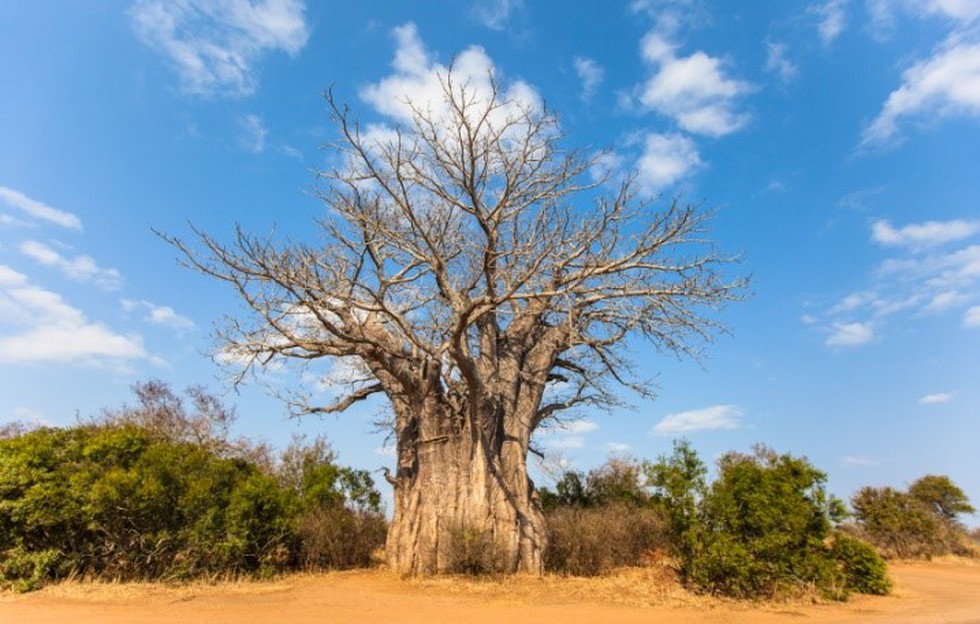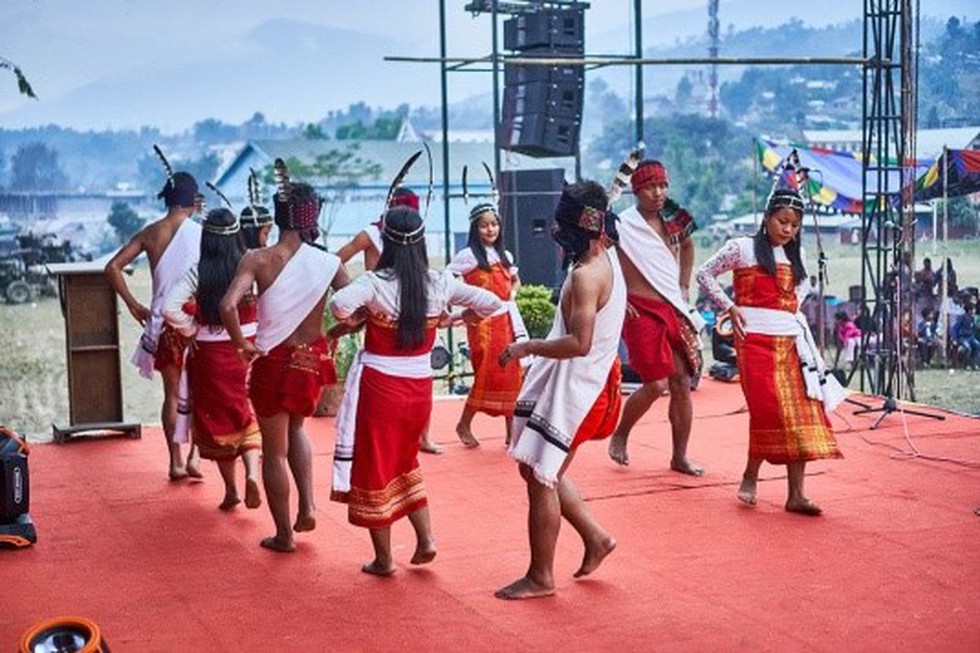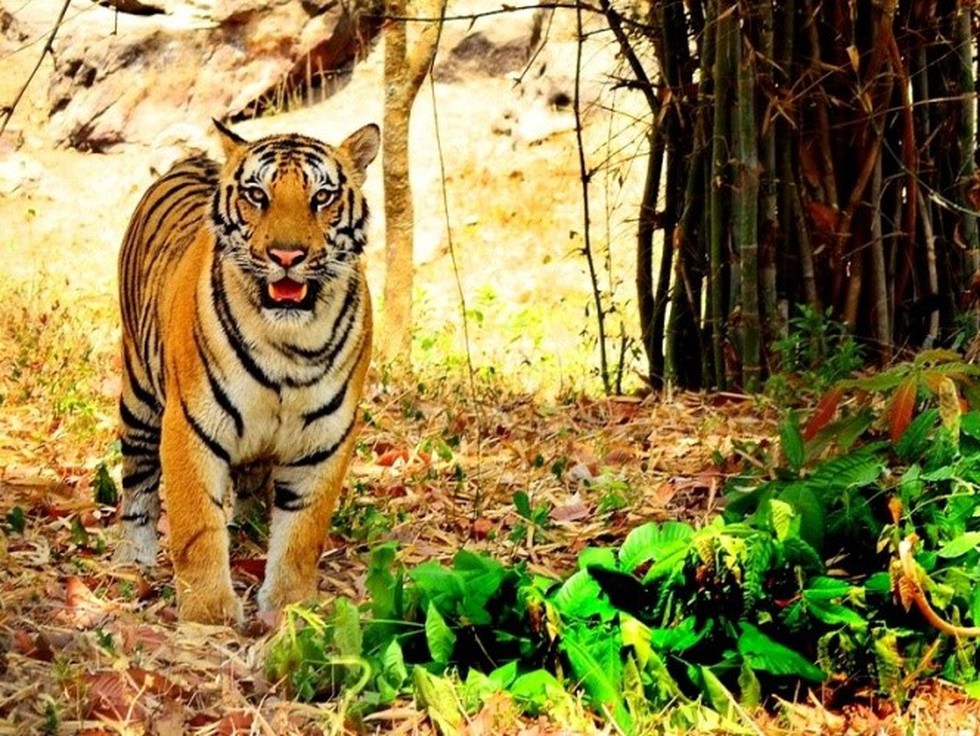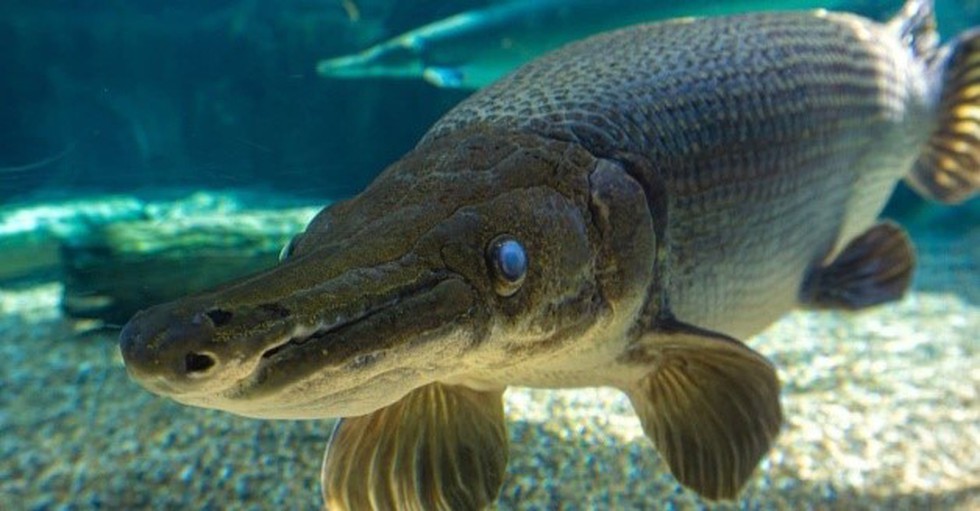
About:
- The engagement aimed at expanding the startup interactions amongst the SCO Member States, nurturing the spirit of innovation, generating more employment and encouraging young talent to build innovative solutions.
- The forum witnessed physical participation from SCO Member States including a delegation of government officials, private industry players, incubators and startups.
- This engagement focused on the spirit of collaboration and entrepreneurship.
- It aimed at promoting innovation development, particularly through the creation of common platforms and the facilitation of ideas and best practices among the SCO Member States.
- Various startup-to-startup bilateral meetings were conducted in promoting and achieving this agenda.
- In addition, the delegates also attended a workshop conducted by Startup India on the ‘Role of Bilateral and Multilateral Engagements in developing startup ecosystem’.
- The workshop included an interactive session to understand various models of engagements that can be undertaken to develop closer ties between these nations and boost the startup ecosystem in SCO nations.
- Previously, Startup India had organized various initiatives for SCO Member states including:
- SCO Startup Forum 2020: The SCO Startup Forum laid the foundation for multilateral cooperation and engagement for startups among the SCO Member States.
- SCO Startup Forum 2021: The two-day Forum was held virtually through a customized platform representing the Indian culture in augmented reality. SCO Startup Hub, a single point of contact for the SCO startup ecosystem, was launched in this forum.
- Focused Mentorship Program: A 3-month long virtual mentorship series ‘Starting-Up’ was organized for the nominated startups, to build capacity among the SCO Startup founders.

About:
- Carbon dating is a widely-used method to establish the age of organic materials, things that were once living.
- Living things have carbon in them in various forms. The dating method is based on the fact that Carbon-14 (C-14), an isotope of carbon with an atomic mass of 14, is radioactive, and decays at a well-known rate.
- The most abundant isotope of carbon in the atmosphere is C-12. The ratio of C-12 to C-14 in the atmosphere is almost static, and is known.
- Plants and animals acquire C-12 and C-14 in roughly the same proportion as is available in the atmosphere.
- When they die, their interactions with the atmosphere stops. While C-12 is stable, the radioactive C-14 reduces to one half of itself in about 5,730 years — known as its ‘half-life’.
- The changing ratio of C-12 to C-14 in the remains of a plant or animal after it dies can be measured, and can be used to deduce the approximate time when the organism died.
- Carbon dating cannot be used to determine the age of non-living things like rocks. Also, the age of things that are more than 40,000-50,000 years old cannot be arrived at through carbon dating.
Radiometric dating methods:
- These are used to calculate the age of inanimate things. Instead of carbon, decays of other radioactive elements that might be present in the material become the basis for the dating method. Two commonly employed methods for dating rocks are
- Potassium-argon dating: The radioactive isotope of potassium decays into argon, and their ratios can give a clue about the age of rocks.
- Uranium-thorium-lead dating: Uranium and thorium have several radioactive isotopes, and all of them decay into the stable lead atom. The ratios of these elements present in the material can be measured and used to make estimates about age.
- Cosmogenic nuclide dating: It is used to determine how long an object has remained exposed to sunlight. It is regularly applied to study the age of ice cores in polar regions.

About:
- The government had earlier decided to review and revise the colonial-era outdated Prison Act in tune with contemporary modern-day needs and correctional ideology.
- The Model Prison Act, 2023 may serve as a guiding document for the States, and for adoption in their jurisdiction.
- Union Home Ministry had assigned the task of revision of the Prisons Act, 1894 to the Bureau of Police Research and Development.
- The Bureau prepared a draft after holding wide-ranging discussions with State Prison authorities, correctional experts, and others.
- It has been prepared with the objective of holistically providing guidance and addressing the gaps in the existing Prisons Act.
Features:
- Some salient features of the new Model Prisons Act include provision for security assessment and segregation of prisoners, and individual sentence planning.
- Grievance redressal, prison development board, attitudinal change towards prisoners, provision of separate accommodation for women prisoners, and transgender are some of the other features.
- There is also a provision for use of technology in prison administration with a view to bring transparency in prison administration.
- The new Act will focus on vocational training and skill development of prisoners and their reintegration into the society.

About:
- Ministry of Railways launched this scheme in March, 2022.
- The objective is to promote ‘Vocal for Local’ vision of the government, providing a market for local or indigenous products and create additional income opportunities for the marginalized sections of society.
- Under the scheme, OSOP outlets at railway stations are allotted for showcasing, selling and giving high visibility to indigenous or local products.
- These OSOP stalls are designed through National Design Institute for uniformity.
5. India-EU Trade and Technology Council

About:
- The meeting will be co-chaired on the Indian side by the Ministers for External Affairs, Commerce and Industry, and Communications, Electronics, and Information Technology.
- Trade and Technology Council was launched by Prime Minister Narendra Modi and President of European Commission Ursula von der Leyen during Ms Leyen's visit to India in April last year.
- Both sides established three Working Groups under the Council.
- These are Working Group on Strategic Technologies, Digital Governance, and Digital Connectivity, Working Group on Green and Clean Energy Technologies, and Working Group on Trade, Investment and Resilient Value Chains.
- Meetings of the three Working Groups have also taken place leading to the Ministerial meeting in Brussels.
6. Baobab Trees

About Baobab Trees:
- Baobabs are long-lived deciduous, small to large trees from 20 to 100 ft tall with broad trunks and compact tops.
- The Baobab Tree is also known as the upside-down tree.
- The baobab is a prehistoric species which predates both mankind and the splitting of the continents over 200 million years ago.
- Distribution:
- There are 9 species of baobab tree. Two are native to mainland Africa, six to Madagascar, and one to Australia.
- Mandu, in the Dhar district of Madhya Pradesh, is perhaps the only place in India where baobab trees are found in abundance, with an estimated 1,000 trees in the periphery of Mandu town.
- Features:
- Baobab trees can live to become thousands of years old. The oldest baobab tree on record was the Panke baobab in Zimbabwe, which lived to be a venerable 2450 years old
- They only have very faint growth rings.
- Mature trees have massive trunks that are bottle-shaped or cylindrical and tapered from bottom to top.
- The fruit of the tree is round or oval-shaped and is highly nutritious.
- Why are they called the ‘Tree of Life’?
- They can store large amounts of fresh water in their extraordinary trunks.
- It also allows the baobab tree to produce nutritious fruits even during the driest years.
- This makes them true life savers during times when water is scarce.
7. Who are Kukis?

About Kukis:
- They are an ethnic group comprising multiple tribes who originally inhabited the North-Eastern states of India, parts of Myanmar, and Bangladesh.
- Kuki is not a term coined by the ethnic group itself but is used generically for tribes associated with it under colonial rule.
- They are present in all Northeast Indian states except Arunachal Pradesh.
- Around fifty tribes of Kuki peoples in India are recognised as scheduled tribes.
- The Chin people of Myanmar and the Mizo people of Mizoram are kindred tribes of the Kukis and are collectively known as the Zo people.
- In Manipur, Kuki tribes comprise around 30% of the population and mainly reside in the hills.
- History: The first resistance to British hegemony by the Kuki people was the Kuki Rebellion of 1917-19, after which their territory was subjugated by the British and divided between the administrations of British India and British Burma. Up until their defeat in 1919, the Kukis had been an independent people ruled by their chieftains.
- Reliogion and Culture:
- Normally they do not arrange any marriage alliance outside their community.
- Traditionally they were not Christian but animist and worshipped different deities and spirits.
- But for the last 90 years, the majority of them have embraced Christianity as their religion.
- They have their own customary laws and village council. LAL is a term used to denote village chief.
- The village chief generally looks up all sorts of social and religious disputes, Including disputes related to marriage and divorce
8. INS Hansa

Why in News?
- The RNP approach will reduce dependency for navigation on ground-based equipment such as Very-High Frequency Omni Directional Radio (VOR) and Instrument Landing System (ILS).
- This RNP approach will provide near Category-I ILS accuracies, thereby aiding unhindered flying operations even when the aforementioned equipment is unserviceable or under maintenance.
About INS Hansa:
- It is an Indian naval air station located near Dabolim in Goa.
- It is India's biggest naval airbase and is home to the Indian Navy's premier air squadrons.
- The base has a civil enclave that operates as Dabolim Airport.
- This naval air station has grown to become a full-fledged airfield that handles domestic and international flights around the clock.
- History:
- INS Hansa was commissioned on 5 September 1961 at Sulur near Coimbatore, Tamil Nadu.
- It was initially co-located with the Sulur Air Force Station of the Indian Air Force.
- Post the liberation of Goa, the Navy took over Dabolim airfield in April 1962, and the INS Hansa was moved to Dabolim in June 1964.
9. Bannerghatta National Park

About Bannerghatta National Park:
- Location: It is located near Bangalore, Karnataka, in the hills of the Anekal range.
- It was declared as a National Park in 1974.
- In 2002 a portion of the park became a biological reserve, the Bannerghatta Biological Park. It is the first biological park in India to have a fenced forested elephant sanctuary.
- In 2006, India's first butterfly enclosure was inaugurated at the park.
- River: Suvarnamukhi stream, the main source of water for the animals of the park, runs through the centre of the park.
- Vegetation: There are three types of vegetation that can be found: Dry Deciduous Scrub Forests, Southern Tropical Dry Deciduous Forests and Southern Tropical Moist Mixed Forests.
- Flora: Include Narcissus latifolia, Schleichera oleosa, Sandalwood, Neem, Tamarind, Bamboo, Eucalyptus etc.
- Fauna: Prime habitat for several species, including the endangered Asian Elephant, Indian gaur, Tiger, Sambar deer, Spotted deer, Leopard, Wild dog, Wild pig, Sloth bear, Common mongoose, Pangolin, Slender loris, Black-naped hare, etc.
10. What is Allegator Gar?

About Allegator Gar:
- It is a ray-finned euryhaline fish and is one of the largest of all freshwater fishes.
- Scientific Name: Atractosteus spatula
- It is the largest species in the Gar family.
- The fossil record traces its group's existence back to the Early Cretaceous over 100 million years ago.
- Gars are often referred to as "primitive fishes", or "living fossils" because they have retained some morphological characteristics of their early ancestors.
- Distribution: Central and North America
- Features:
- It is distinguished by its crocodile-like head and razor-sharp teeth.
- It can grow up to 8 feet long and weigh more than 300 pounds.
- Adults have two rows of large teeth on either side of the upper jaw.
- Colouration is generally brown or olive above and lighter underneath.
- They can live for many decades.
- Conservation Status:
- IUCN: Least Concerned
What are euryhaline organisms?
- They are a type of mostly marine organisms with the ability to adapt to a wide range of water salinities.
- They can survive either in freshwater, saltwater or brackish water.
- Some euryhaline organisms migrate between freshwater and saltwater habitats during their life cycle. Some examples of such organisms are salmon, eels, etc.




.jpg)
























































































































































.png)
.png)
.png)
.png)
.png)


.png)
.png)
.png)





.png)
.png)






.png)
.png)
.png)
.png)
.png)
.png)
.png)
.png)
.png)

.png)







.png)
.png)


.png)
.png)
.png)


.png)

.png)
.png)





.jpg)

.png)
.png)


.png)

.png)
.png)
.png)

.jpg)

.jpg)


.png)

.png)
.png)
.png)
.png)
.png)
.png)
.png)
.png)
.png)
.png)




.png)

.png)





.png)
.png)
.png)
.png)
.png)
.png)
.png)
.png)
.png)
.png)
.jpg)
.jpg)

.png)
.png)
.png)
.png)
.png)
.png)
.png)
.png)
.png)
.png)
.png)
.png)
.png)
.png)
.png)
.png)
.png)
.png)
.png)
.png)
.png)
.png)



.png)
.png)

.jpg)
.jpg)
.jpg)
.jpg)
.jpg)
.jpg)

.jpg)








.jpg)
.jpg)
.jpg)
.jpg)
.jpg)

















.jpg)
.jpg)







.jpg)


















.jpg)
.jpg)






























































































.jpg)
.jpg)


























.jpg)

.jpg)










.jpg)








.jpg)




.jpg)










.jpg)


















.jpg)












































.jpg)














.jpg)
.jpg)
.jpg)





.jpg)

.jpg)
.jpg)





































































.jpg)


































.jpg)
.jpg)
















































.jpg)












.jpg)


.jpg)




.jpg)
.jpg)
.jpg)

.jpg)
.jpg)
.jpg)
.jpg)

.jpg)
.jpg)
.jpg)

.jpg)
.jpg)
.jpg)
.jpg)
.jpg)
.jpg)
.jpg)
.jpg)

.jpg)


.jpg)
.jpg)
.jpg)
.jpg)
.jpg)
.jpg)
.jpg)
.jpg)
.jpg)
.jpg)











.jpg)
.jpg)





.jpg)
.jpg)
.jpg)
























.jpg)
























.jpg)









.jpg)
.jpg)







.jpg)
.jpg)









































.jpg)
.jpg)
.jpg)
.jpg)
.jpg)

.jpg)
.jpg)
.jpg)
.jpg)
.jpg)


.jpg)
.jpg)
.jpg)
.jpg)
.jpg)

.jpg)
.jpg)
.jpg)
.jpg)
.jpg)
.jpg)
.jpg)
.jpg)
.jpg)
.jpg)
.png)

.png)
.png)

.png)
.png)
.png)
.png)


.jpg)
.jpg)

.jpg)
.jpg)
.jpg)

.png)
.png)
.png)
.png)
.png)
.png)
.png)

.png)
.png)
.png)
.png)
.png)
.png)
.png)
.png)
.png)
.png)





































































-min.png)



.png)




.png)








































